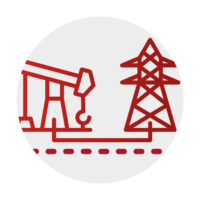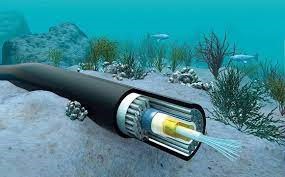Energy Infrastructure Monitoring with Fiber Optic DAS Technology
Fiber Optic DAS for Power Cable Monitoring
The number of installed subsea electrical transmission cables is increasing rapidly. The growth in installed transmission capacity is driven by changes in the electricity demand, including the building of large offshore wind farms and wave energy stations. With this growth, ensuring the safety and performance of subsea cables has become critical. Effective power cable monitoring is essential to address these challenges. Fiber optic Distributed Acoustic Sensing technology offers an innovative solution by enabling real-time monitoring and early detection of potential issues in these cables.





